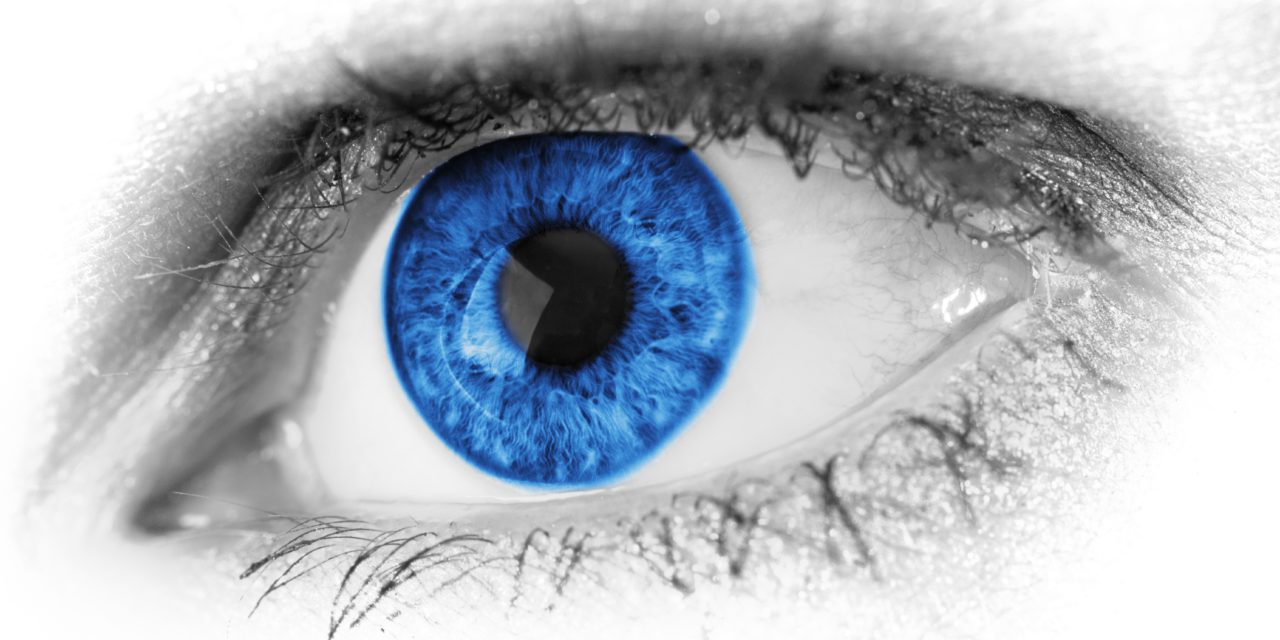What is Diabetes Eye Disease?
Eye disease is one of the primary diabetic complications, and it may lead to blindness. It is a complication that people with diabetes face when blood glucose levels are not well managed. Diabetes eye disease includes cataracts, diabetic retinopathy and glaucoma. There are no symptoms in the early stages of diabetic eye disease. If you have diabetes, please have a dilated eye examination at least once a year.
- Cataract – is an eye complication where clouding of the eyes’ lens occurs. This usually leads to blocking of light and affecting the patient’s vision. People with diabetes also tend to get cataracts at a younger age, and this complication can progress quickly. In order to remove the cataract, surgery is necessary.
- Diabetic retinopathy – is the most common diabetic eye disease that can lead to vision loss. It is estimated that 40.8% of adults aged 40 and older with diabetes have diabetic retinopathy. It is caused by changes in the blood vessels of the retina, often resulting in blurry vision or blindness. There are two treatments for this complication; one treatment is using laser to seal the bleeding blood vessels and the other treatment is to suction out the blood in the eye. Before making any decisions, please consult with your physician for more details.
- Glaucoma – is a complication that occurs when pressure builds up in the eye. The pressure may damage the optic nerve and gradually lead to vision lost. Diabetes has an increased chance of getting glaucoma when compared to others. Treatments for glaucoma include medication, laser therapy and surgery.
What are The Signs of Diabetes Retina Damage?
- Have blurry or double vision.
- See flashing lights or blank spots.
- See dark or floating spots.
- Have pain or pressure in your eye(s).
- Have trouble seeing things out of the corners of your eyes.
How to Prevent Diabetes Eye Problems?
- Keep blood glucose, cholesterol, and blood pressure levels under control. This is one of the most important steps to keep you away from diabetes eye disease.
- Maintain a healthy weight.
- Perform regular physical activities.
- Have a yearly eye exam, finding eye problems early and getting treatment right away will help prevent the disease in becoming worse.
- Ask your eye care professional to check for signs of cataracts and glaucoma at least once a year.
- Quit smoking.
- Avoid alcohol.
When to See an Eye Care Professional?
- If you are between 10 and 29 years old and have diabetes for at least 5 years.
- If you are 30 years old or older, no matter how short a time you have had diabetes.
- If you have any changes in your vision.
- If you are pregnant or planning to become pregnant. This information is for general eye care for people with diabetes. If you have eye problems, please visit your eye care professional for detail suggestions.
Image by PublicDomainPictures from Pixabay









